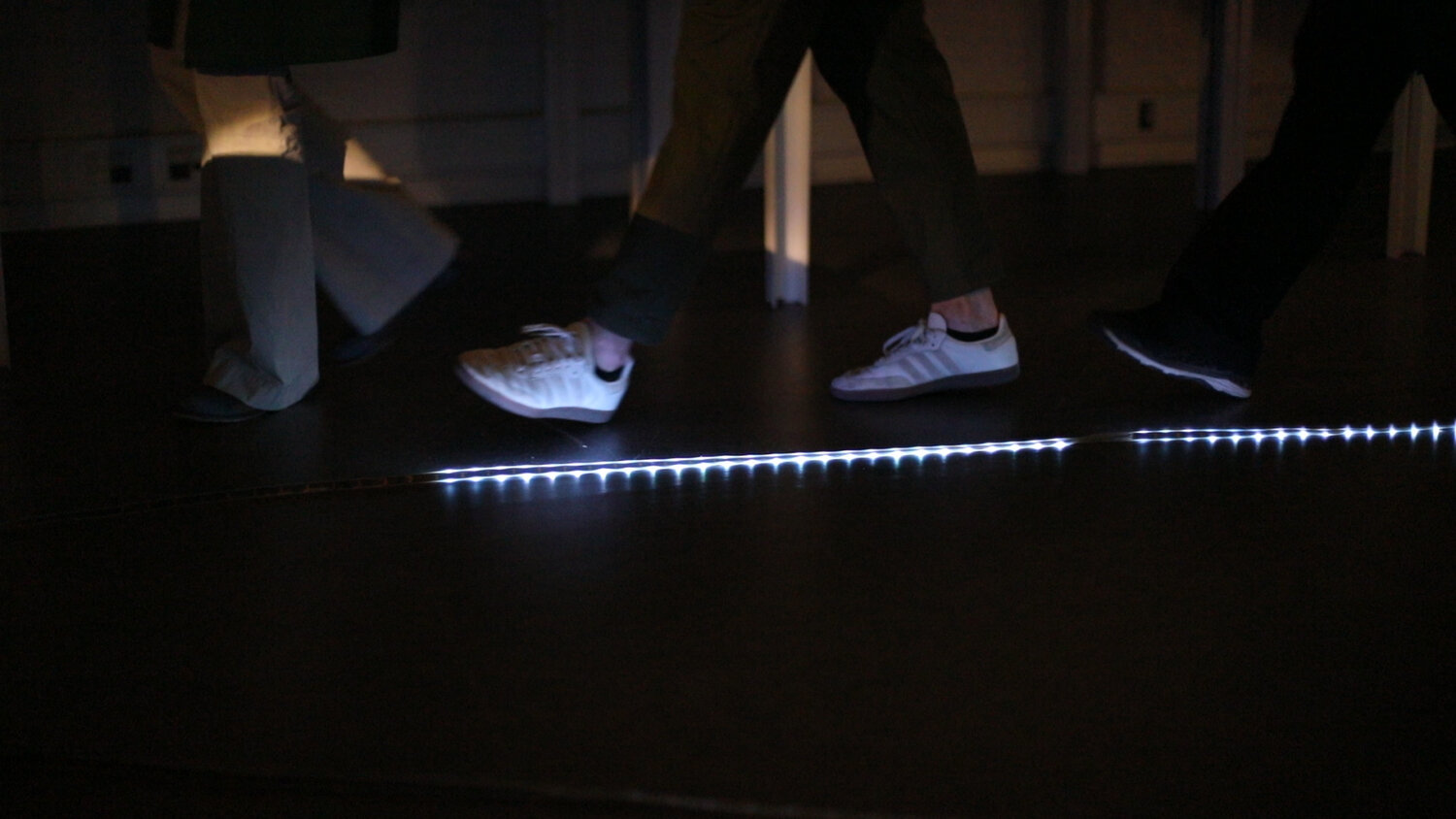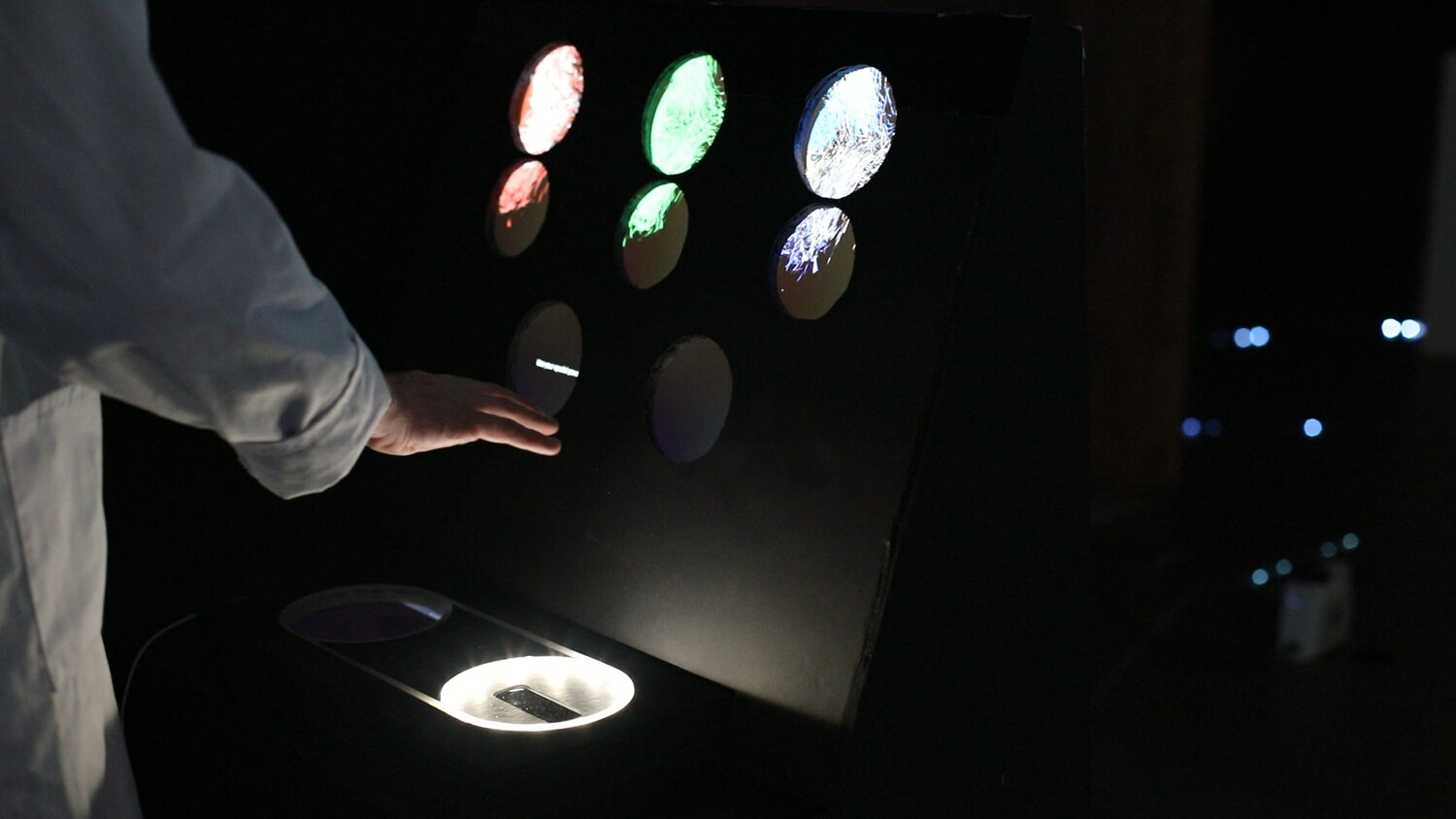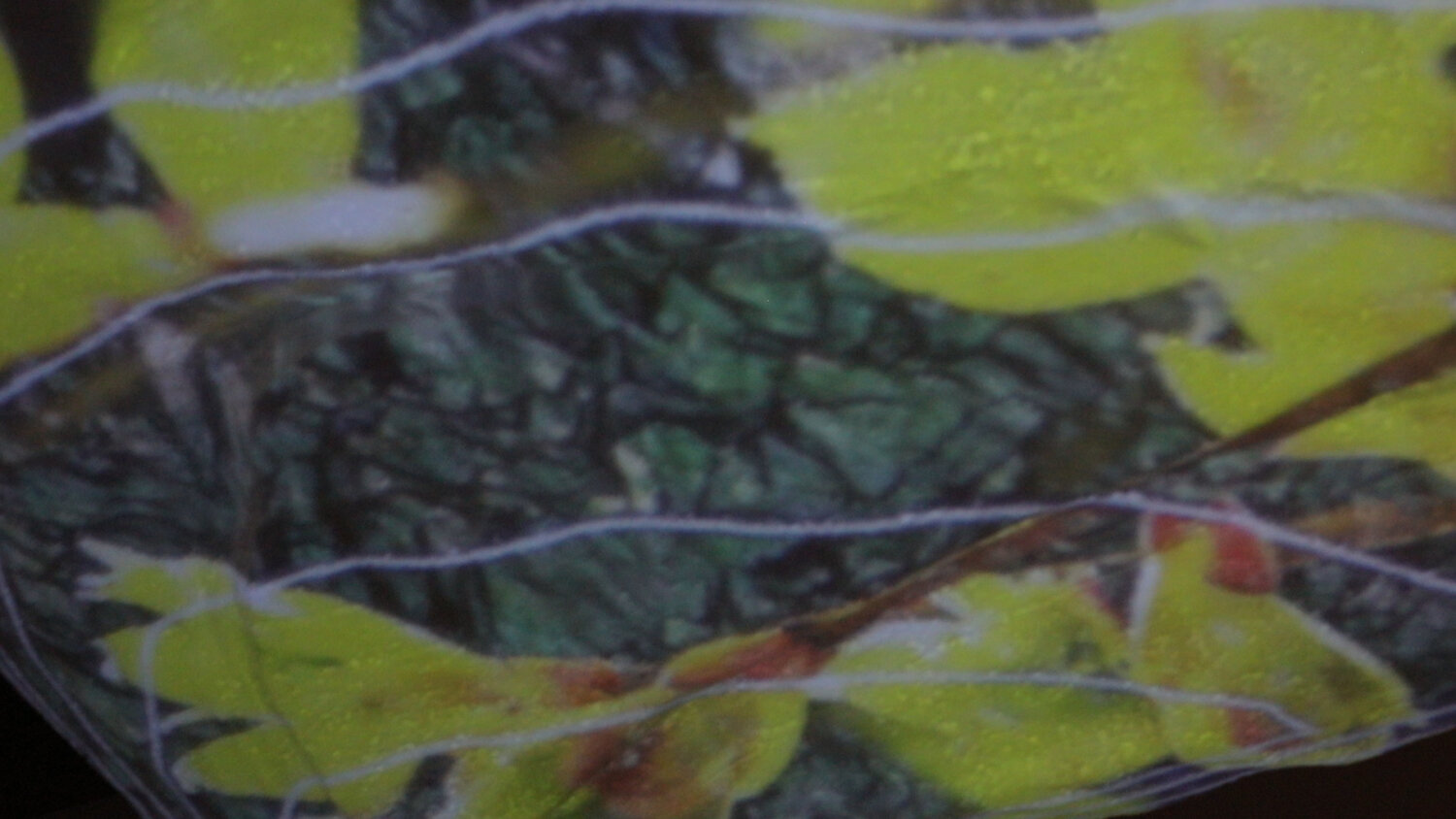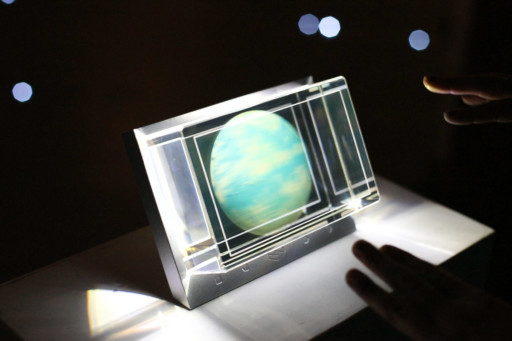Escaping the Strange Loop
We rely on energy for everything. From what we eat, to how we move, to how we communicate, energy (in different forms) is the basis for our lives. Yet much of that energy is fossil-fuel based, CO2 emitting and climate changing. How else could we fuel our lives?
In this project, we worked with physicists, scientists, sociologists and economists to understand the future scenarios we face with regards to energy. How available will different kinds of energies be in the near and far future? How will the use of that energy impact our climate? How do the decisions that we make as individuals, as countries, as a world lead to different possible futures?
Our work was to create an experience where everyday people can learn about individual and collective decisions will impact our future energy capacities and CO2 levels. Our client was EUROFusion, a consortium of national fusion research institutes, who sought to communicate not only the potential of nuclear fusion energy, but also how it would sit within a mix of energies depending on international cooperation levels with regards to investment in clean energy.
We mapped out scenarios based on real data related to energy production, consumption and related carbon emissions from 2020 to the year 2100. Beneath our designer-style scenarios, we relied on three key scientific scenarios - Fragmentation, Paternalism and Harmony.

With the key scientific scenarios as well as enriched signals and trends that tie to key points in those scnearios, we created a tree of possible futures. Each node of the tree contains a scenario-as-story, that contextualises the research about that moment in the future. We chose to scope each scenario to a given context, changing from personal stories to infrastructure stories to landscape stories. We then mapped these into physical space, where participants could literally walk around the scenarios that populate the futures of 2030, 2050, and 2080.
We anchor the experience with a game-like mechanism: the visitors to the installation are on a mission to create a better reality than the world they left behind. They are guided by “GAIA”, who briefs them on each future timespan that they travel into, and after they finish exploring that future, they can make a choice. This choice will control the stories that are presented in the next time span.
In this way, we transitioned from data in a 2D spreadsheet to experiences in a 3D space. Participants walk the circle or “loop” of 2050, listening to different stories of what is happening on the streets of a protest.


We call each loop a mission, and each mission holds different objects and stories. Mission 2 is set in Seoul, 2050, where we hear of the infrastructural services and products that are now possible. The participants see different objects, artefacts that have become part of daily life. One of the infrastructural services they might experience is Migrational Services, which is a new way to plan your travel without harming the migration of other species.

Mission 3 is set in Northern Africa, 2080, and focuses on landscape-based changes including geopolitical events. These stories (again, generated from the decision the participants took at Mission 2) are presented as slices of land with video projection.


We undertook the foundational research, conceptualisation, founding principles and working prototype. The project is part of a traveling exhibition highlighting the work of EUROfusion - a consortium of national fusion research institutes located in the European Union and Switzerland.
Date: 2018-2019
Details: Project website
Role: Co-principal investigator. Research, concept, writing, experience design and programming
Technologies: d3.js, node.js,web technologies, Arduino
Collaborators: Monika Seyfried, Joshua Walton, Cyrus Clarke, Raffaella Rovida, Calle Nordenskjöld, Peter Kuhberg
Partners: H2020 EUROfusion
Awards: Runner-up in Speculative Design, notables for Strategy & Research and Design for Social Impact in Core77 Design Awards 2020
Shortlisted for Optimizing in IXDA 2020
